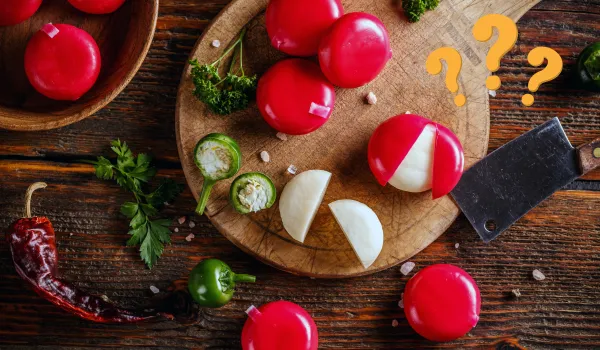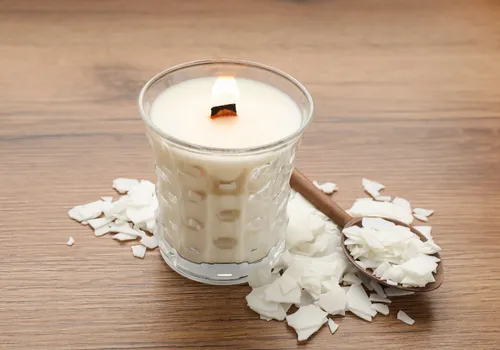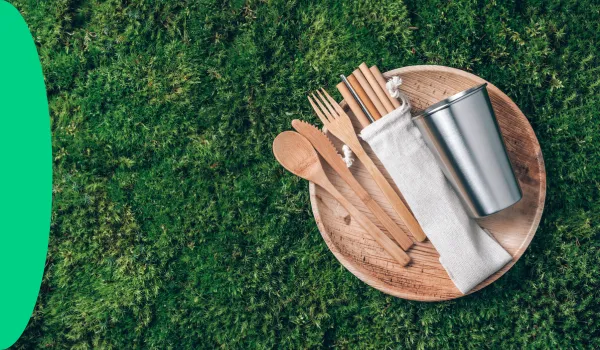Sustainable Gardening: Are Earthen Clay Pots Biodegradable?
Learn more about the sustainability of earthen pots, their biodegradability and eco-friendliness, and tips for disposing of terracotta pots in a sustainable manner.
Earthen pots have been used for centuries as cooking and storage vessel. They are made from natural materials such as clay, sand and water and are often praised for their ability to retain heat and impart a unique flavor to food.
However, with the rise of eco-consciousness in recent times, questions have arisen about the biodegradability of earthen pots. Many people assume that since earthen pots are made from natural materials, they must be fully biodegradable.
While it is true that earthen pots will eventually break down in nature, the process can take a significant amount of time. Additionally, many commercially produced earthen pots may contain additives or coatings that can interfere with their biodegradation.
Therefore, it is important to examine the full life cycle of earthen pots and consider how they fit into our overall efforts toward sustainability.
Get Your Hand on Your Eco-Friendly Living Starter Guide!
How Earthen Pots Are Made

Earthen pots, also known as clay pots, are made from natural materials and are environmentally friendly. These biodegradable pots are commonly used for cooking, storing food, and even planting.
The process of making earthen pots dates back to ancient times and involves using different types of clay. The type of clay used in making earthen pots plays a significant role in their durability and biodegradability.
There are various types of clay available, some of which are more porous than others. Porous clays allow for better air circulation, which can enhance the pot’s ability to absorb moisture and gradually break down over time.
As a renewable resource, pottery biodegradable is an excellent alternative to other materials that may have negative impacts on the environment.
Factors Affecting Earthen Pot Biodegradability

Moving on from the process of making earthen pots, let’s now discuss the factors that affect their biodegradability.
Earthen pots, also known as clay pots or terracotta, are made from pottery and are generally considered eco-friendly. This is because they are made from natural materials and do not contain any harmful chemicals that could harm the environment.
Moreover, these pots can easily biodegrade without causing any harm to the ecosystem. The porous material of earthen pots makes them an ideal choice for composting. They can easily break down in a biodegradable plant, leaving behind no harmful residue.
In fact, these pots can be used to grow plants directly in them, which further benefits the soil quality. However, it is important to note that the rate at which they biodegrade depends on several factors, such as humidity levels and temperature. Therefore, proper care must be taken while disposing of them to ensure they decompose efficiently without harming the environment.
As we have seen above, earthen pots are an eco-friendly option when it comes to gardening and farming practices due to their biodegradability. However, it is essential to consider their environmental impact as well before using them excessively. Let’s delve deeper into this topic in the subsequent section.
Environmental Impact Of Earthen Pots
Earthen pots, also known as terracotta pots, have been used for centuries to grow plants. These pots are made from clay that is heated in a kiln to create a porous and durable material.
One of the benefits of using earthen pots is their biodegradability. When they are no longer needed or broken, they can easily decompose without harming the environment.
However, it is important to note that not all earthenware is created equal. Some manufacturers may use chemicals or additives that can pollute the soil when the pot decomposes. To avoid this, it’s important to buy earthen pots from reputable sources and recycle them properly.
Additionally, reusing earthen pots instead of buying new plastic pots can significantly reduce waste and promote sustainability.
There are many eco-friendly alternatives to using earthen pots for plant cultivation. From bamboo containers to repurposed tin cans, there are endless options that promote sustainability while also being aesthetically pleasing.
In the next section, we will explore some of these alternatives and their benefits for both the environment and our gardens.
Eco-Friendly Alternatives To Earthen Pots

Have you ever thought about the impact of earthen pots on the environment?
While they are biodegradable and can decompose naturally, their production requires a significant amount of energy and resources. Additionally, once they break, they cannot be recycled or reused.
So, what are some eco-friendly alternatives to earthen pots?
One option is to use terracotta pots. Like earthen pots, they are porous and compostable, making them an excellent choice for growing plants. However, unlike earthen pots, they can be reused multiple times and are less likely to break.
Another alternative is to use plastic pots made from recycled materials. Although not as porous as earthen or terracotta pots, they can still be composted at the end of their life cycle.
Conclusion on Earthern Biodegradable Clay Pots
In conclusion, earthen pots are indeed biodegradable. These pots are made from natural clay and do not contain any harmful chemicals or synthetic materials. However, the rate of biodegradability can be affected by several factors, such as humidity, temperature, and exposure to sunlight.
Despite its eco-friendliness, earthen pots may not always be the most practical choice for certain situations. Fortunately, there are a variety of alternatives available that offer similar benefits while also being more durable and convenient to use.
Ultimately, whether you choose earthen pots or another eco-friendly option will depend on your personal preferences and specific needs.






